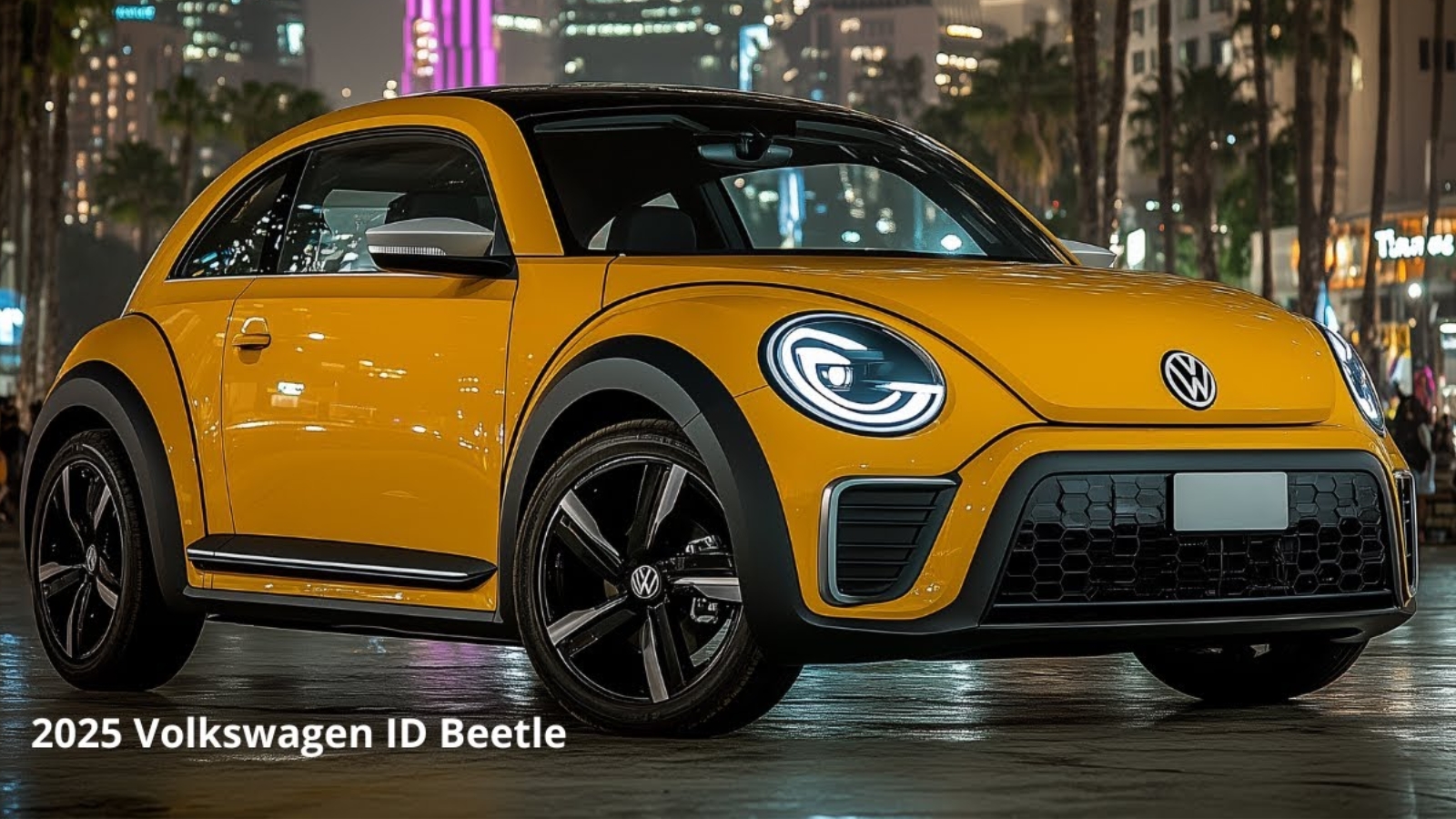The Volkswagen Golf is about to enter one of the most significant transitions in its 50-year history. What started as the Beetle’s successor in 1974 is now preparing for a dual existence – traditional internal combustion engines running alongside a fully electric future. This isn’t just another model update; it’s Volkswagen’s strategic response to changing customer demands and environmental regulations.
The Current Golf Situation
Right now, Volkswagen is dealing with some reality checks about their beloved Golf. Production numbers tell a story that’s hard to ignore: from over a million units in 2020, Golf production dropped to just over 300,000 last year, with plans for only 250,000 units this year. It’s not that people stopped loving the Golf – they’re just considering different options, including electric vehicles.
The Mark 8.5 Golf launched recently as Volkswagen’s attempt to fix some serious issues from the original Mark 8. Remember those frustrating touch-sensitive controls and laggy infotainment systems? Volkswagen’s own technical chief admitted they “screwed up big time” with those features. The updated version brings back physical buttons and faster processors – something customers had been asking for since day one been asking for since day one.
What’s Coming Next: The Big Transition
Production Moves and New Beginnings
Here’s where things get interesting. In 2027, Volkswagen will move traditional Golf production from their historic Wolfsburg plant in Germany to Mexico. This isn’t just cost-cutting – it’s making room for something bigger. The Wolfsburg facility will become the birthplace of the all-electric ID Golf, expected to launch in 2028 or 2029.
This represents a fascinating approach: instead of completely replacing the traditional Golf, Volkswagen plans to sell both versions side-by-side. Customers who want the familiar driving experience can stick with the internal combustion model, while those ready for electric driving can choose the ID Golf.
Technology Partnership with Rivian
The most exciting development might be Volkswagen’s partnership with American EV startup Rivian. Through a $5.8 billion investment, Volkswagen gained access to Rivian’s software architecture – the same system that powers the R1T pickup and R1S SUV. This isn’t just about buying technology; it’s about fundamentally changing how Volkswagens work.
The new “zonal” software architecture will reduce the complexity of modern cars by consolidating multiple control units into fewer, more powerful systems. Think of it like upgrading from multiple old computers to one powerful smartphone that can handle everything.
Technical Specifications and Features
| Feature | Traditional Golf (Mark 8.5) | ID Golf (2028) |
|---|---|---|
| Platform | MQB (Internal Combustion) | SSP (Electric-Only) |
| Power Architecture | 12V Standard | 800V Fast-Charging |
| Software | Traditional Automotive | Rivian-Based Zonal |
| Production Location | Mexico (from 2027) | Wolfsburg, Germany |
| Transmission Options | DSG Dual-Clutch | Single-Speed Electric |
| Over-the-Air Updates | Limited | Full System Updates |
The 800V Advantage
The ID Golf will benefit from Volkswagen’s new 800V electrical architecture. For people who don’t speak “car tech,” this means significantly faster charging times and better efficiency. While current electric vehicles might take 30-45 minutes for a substantial charge, 800V systems can potentially cut that time in half.
Performance Variants Return
GTI and R Go Electric
Good news for performance enthusiasts – the beloved GTI and R variants aren’t disappearing. Volkswagen confirmed that electric versions of both will arrive with the ID Golf. The GTI will maintain front-wheel drive to preserve its traditional driving characteristics, while the R variant will use dual motors for all-wheel drive capability.
These electric performance models will use software-defined features like torque vectoring and regenerative braking adjustment. Instead of mechanical differences, much of the performance tuning will happen through software updates.
The Broader Electric Strategy
The ID Golf represents just one piece of Volkswagen’s larger electric puzzle. Before the Golf arrives, customers will see more affordable options like the ID.2all (starting around $45,000 CAD) in 2026 and the ID.EVERY1 (approximately $31,000 CAD) in 2027.
Market Positioning
Interestingly, the ID Golf won’t replace the existing ID.3 electric hatchback. Instead, it will complement the lineup with a different market position. This suggests Volkswagen sees room for multiple electric hatchbacks with different price points and feature sets.
What This Means for Customers
Choice and Flexibility
This dual-track approach gives customers genuine choice. Those comfortable with traditional vehicles can continue with familiar technology, while early adopters can embrace the full electric experience. It’s a pragmatic response to varying customer readiness for electric vehicles.
The transition timeline also allows Volkswagen to refine their electric technology using smaller-volume models before applying it to their highest-volume nameplate.
Future-Proofing
The Rivian partnership ensures the ID Golf will receive regular over-the-air updates, potentially adding new features long after purchase. This transforms cars from static products into evolving platforms that improve over time.
The Road Ahead
Volkswagen’s approach with the Golf reflects broader industry uncertainty about transition timelines. Rather than forcing customers into electric vehicles, they’re providing parallel paths forward. The success of this strategy will depend on customer acceptance and the development of charging infrastructure.
For a nameplate that has sold over 37 million units worldwide, this transition represents both risk and opportunity. The Golf has always succeeded by being the sensible choice – now it needs to prove that sensibility extends to the electric age while maintaining the characteristics that made it popular in the first place.
Frequently Asked Questions
Q: Will the traditional Golf be discontinued when the ID Golf launches?
A: No, Volkswagen plans to sell both versions side-by-side, with traditional models produced in Mexico and electric models in Germany.
Q: What makes the ID Golf different from the current ID.3?
A: The ID Golf will use newer SSP platform technology, Rivian software, and 800V charging, positioning it as a more advanced electric hatchback.
Q: Will electric GTI and R variants perform like their traditional counterparts?
A: Yes, but they’ll use software-defined performance features and electric powertrains instead of mechanical differences.
